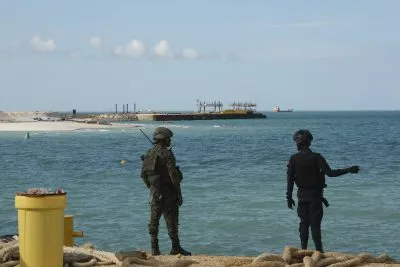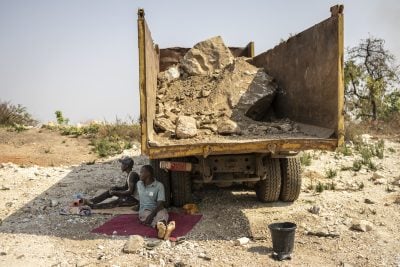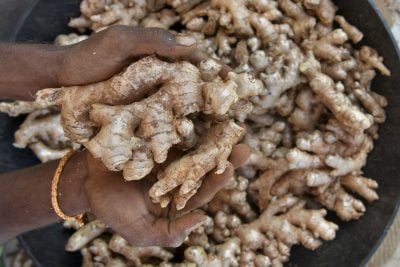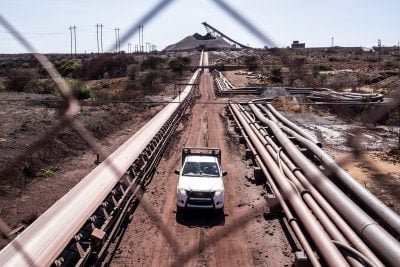The Sustainable Development Goals (SDGs) were always a very ambitious set of targets for global development, stretching across economic growth, social inclusion and environmental protection. The world was struggling to meet milestones for them even at the start of 2020, but a succession of crises since then has both made them more difficult to achieve by the target year of 2030 and curtailed the resources available to support them.
The 17 SDGs are a set of interlinked targets for the world to work towards to create a better and more sustainable future for all. Although applicable to all countries, they are most associated with the poorest parts of the world. There are about 10 specific targets within each goal, such as ensuring that all girls and boys complete quality primary education, and that there is equal access for women and men to quality technical, vocational and tertiary education, under the umbrella of SDG 4: Quality Education.
The SDGs officially came into force in January 2016, so 2023 marks the halfway point in terms of achieving them. Yet with just seven years to go before 2030, it appears that the world will struggle to achieve any of the goals.
The SDGs are closely aligned with Africa’s Agenda 2063, the continent’s own plan to transform the continent. For example, SDG 13: Climate Action and Agenda 2063’s Goal 7: Environmentally Sustainable and Climate Resilient Economies and Communities both focus on climate change mitigation, response and adaptation.
Unsurprisingly, the countries at the top of the rankings in the Sustainable Development Report 2023, which assesses countries’ progress towards achieving the SDGs, are all in Europe.
It does not have figures for all countries but of the 166 states that it is able to assess, Tunisia is the top-ranked African nation in 58th position. It is only regarded as having achieved one SDG, that of ending poverty, but still has major challenges in ending hunger, providing decent work and economic growth, and in creating sustainable cities and communities. The fact that poverty can be ended while hunger remains may suggest that the income threshold for poverty is too low.
The next highest-ranked African countries are Cape Verde Verde, Mauritius, Namibia and South Africa, although even South Africa finds itself ranked in 110th position, having achieved none of the goals and with a particular deterioration in its education provision. Only two of the bottom 14 ranked countries are not in sub-Saharan Africa, with South Sudan, Central African Republic and Chad making the least progress on the goals.
SDG 1 calls for ending every form of poverty everywhere yet an estimated 431m people in Africa still lived in extreme poverty in 2022. Many of the continent’s poorest people, including the 400m who live below the global poverty line of $1.90 a day, are also those affected most by the failure to attain the other SDGs, having less access to education and health services, plus no electric light at night.
A joint report published at the African Economic Conference 2022 in Mauritius in December 2022 by the African Union Commission, the UN Development Programme, the UN Economic Commission for Africa (ECA) and the African Development Bank (AfDB) concluded that without quicker progress towards achieving the SDGs, at least 492m people in Africa will remain in extreme poverty in 2030 and 350m in 2050.
However, the report argued that the 2050 figure could be driven down to 159.7m if policies to promote the SDGs are introduced. The report recommended reducing overreliance on food imports by transforming agricultural productivity through modernisation, a measure that would reduce external food shocks, such as that caused by the Russian invasion of Ukraine. It also called for significant investment in promoting equitable and affordable access to energy.
The report described progress on ensuring the provision of quality education for all as slow. School attendance is improving but 288m school-age children still do not attend school in Africa, partly because of conflict and associated displacement. It recommended increased investment in primary education and teacher training in particular.
Specific goals
Progress is also slow on SDG 5: Gender Equality, with the proportion of managerial positions held by women in sub-Saharan Africa increasing by just 0.5% between 2015 and 2022 to 29.8%. It found that the proportion of girls subject to female genital mutilation (FGM) had fallen from 29.4% in 2015 to 24.7% in 2021 in sub-Saharan Africa.
Although more legislative action is needed, many countries have passed laws against domestic violence, child marriage, FGM and female discrimination, but the report called for greater enforcement of existing legislation.
SDG 7: Ensuring access to affordable, reliable, sustainable and modern energy for all, also looks like being missed as nearly 600m Africans, about half the continent’s population, continue to lack access to electricity at home.
Delegates at an AfDB workshop in Abidjan in August described renewable energy as the best opportunity to achieve the SDGs. The director of policy and research at Sierra Leone’s Ministry of Mines and Mineral Resources, John David Cooper, commented: “Every dollar invested in renewable energies will yield an additional $0.93, and the deployment of renewable energies will progressively lead to lower costs, unlike fossil fuels.”
Africa suffers from continued loss of forest cover, land degradation and reduced biodiversity, mainly because of deforestation for animal grazing but also as a result of climate change.
The report calculated that land degradation comprised 46% of the continent’s surface area, affecting 65% of the population, costing an estimated $9.3bn a year. It advised greater funding for sustainable land management through public-private partnerships to support SDG 15: Life on Land.
The report found that little progress had been made on implementing SDG 17: Strengthening the means of implementation and revitalising the Global Partnership for Sustainable Development. As might be expected, domestic revenue generation and foreign direct investment in Africa both lag behind the rest of the world.
Although the danger of African debt levels is debated, rising sovereign debt levels are increasing debt repayments and reducing the amount of financing available for sustainable development.
Impact of climate change
Progress on SDG 13: Taking urgent action to combat climate change and its impacts, has been limited, in large part because of the need for global action. It calls for increased resilience and adaptive capacities; the integration of climate measures into policies and planning; protecting life; building mechanisms to raise capacity for planning and management; and building knowledge and capacity.
African countries have invested in mitigating the impact of climate change and building resilience but global donor support is needed to increase this investment. This is undoubtedly just, given that Africa suffers more from climate change than any other continent, yet is also the area least responsible for causing it.
Africa accounts for 15% of the world’s population, a figure that will rise to at least 25% by 2050 but contributes less than 4% of carbon emissions, with most of that concentrated in South Africa and North Africa. The international community agreed at COP27 to provide “Loss and Damage” funding to support countries that experience extreme climate impacts, but little progress has been made to date on making this a reality.
According to the AfDB, sub-Saharan Africa contains nine out of the 10 countries most vulnerable to climate change and temperatures are expected to increase one and a half times higher in Africa than in the rest of the world by the end of the 21st century.
Southern Africa for instance is forecast to experience a 20% decrease in rainfall. The AfDB calculates that climate change already costs African countries $7-15bn a year but forecasts that this figure could rise to $50bn a year by 2030.
Climate change will also affect the continent’s ability to achieve other SDGs. Much more variable rainfall, including more frequent droughts and floods, rising temperatures and the melting of the continent’s remaining glaciers could destabilise agriculture and increase food insecurity, as well as impact economic development more generally. Investment in climate mitigation is a necessity if African countries are to have any chance of achieving the SDGs.
A study from the NGO Christian Aid published in November 2022 found that the GDP of African countries could be 34% lower on average at the end of the 21st century because of the impact of climate change, even if the increase in average global temperatures is limited to 1.5°C (which on present trends looks unlikely). It named eight countries that could be at particular risk: Sudan, Mauritania, Mali, Niger, Burkina Faso, Chad, Djibouti and Nigeria.
Climate change can also have security implications that hinder progress on the SDGs and living standards more generally. For example, more variable weather patterns appear to be one of the factors driving Islamist terrorist activity in the Sahel, which in turn displaces people and deters investment across a wide swath of the continent. This makes SDG 16, the promotion of peaceful and inclusive societies, more difficult than ever to achieve.
This article originally appeared in our sister magazine New African as part of a special report guest-edited by Antonio Pedro, acting executive secretary of the UN Economic Commission for Africa. To read more from this special report click here.
Want to continue reading? Subscribe today.
You've read all your free articles for this month! Subscribe now to enjoy full access to our content.
Digital Monthly
£8.00 / month
Receive full unlimited access to our articles, opinions, podcasts and more.
Digital Yearly
£70.00 / year
Our best value offer - save £26 and gain access to all of our digital content for an entire year!
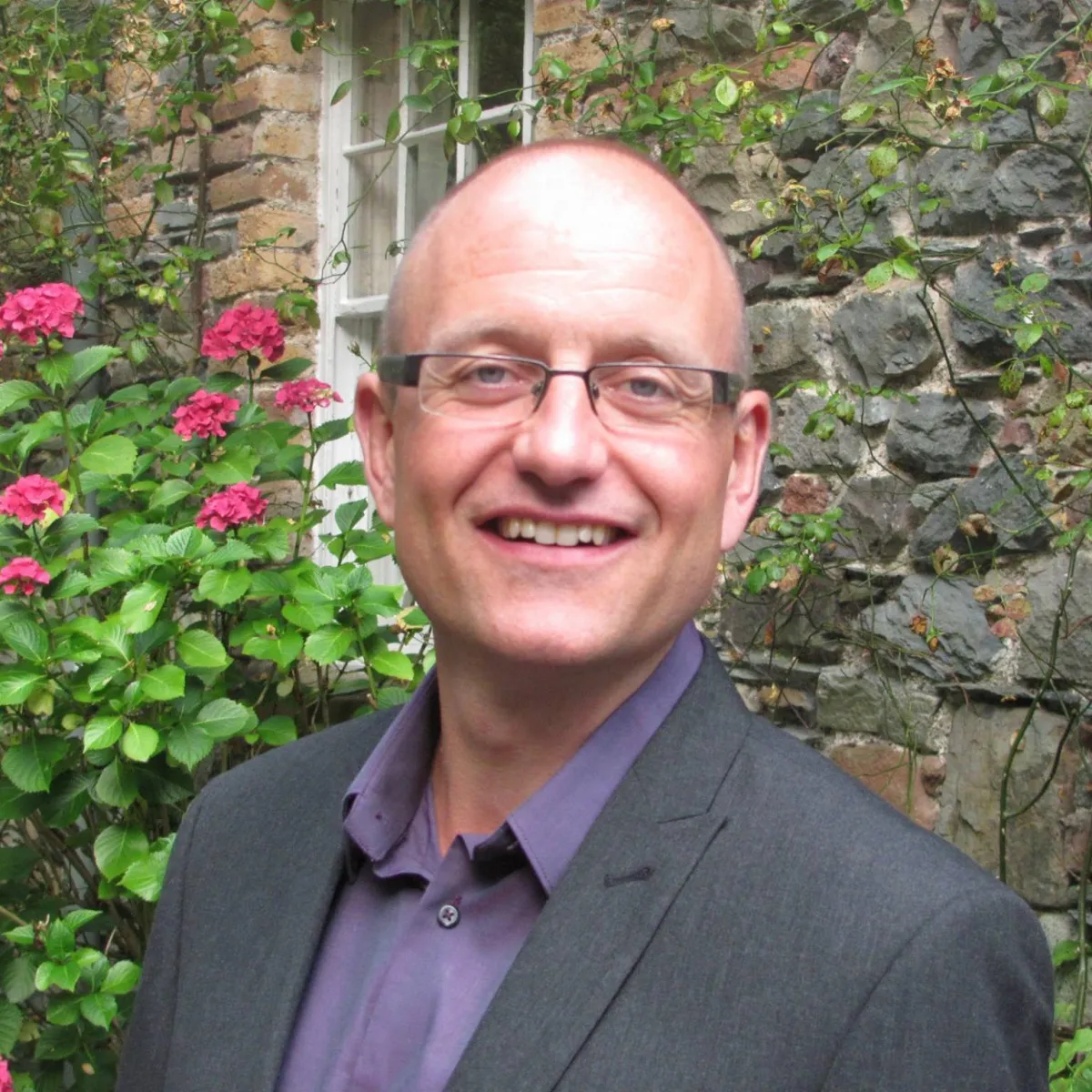
 Sign in with Google
Sign in with Google 
